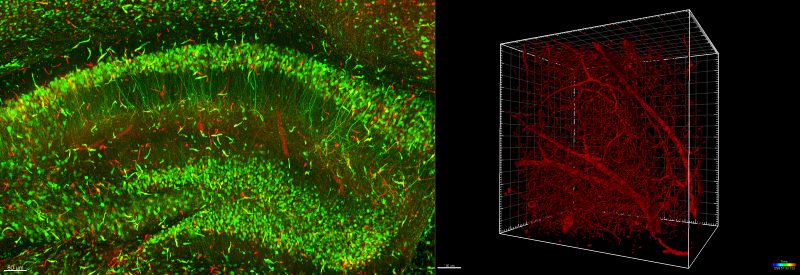The complexity and ongoing evolution of the imaging-based data generation methods and post-acquisition analytical schemes in these studies require the operation of the CAT-I to be collaborative, not a service.
There is substantial, expert-level back-and-forth in each project, both for image production and for intelligent analysis, which is why this would be collaborative science and not core service work for the foreseeable future.
This affects the way projects will be chosen. In addition to scientific significance and relevance to ICD goals, preference for initial studies will be based on these criteria:
- Capacity to undertake the actual work rapidly; e.g., markers and cells of interest are covered by panels already validated by CAT-I, which would include lymphoid malignancies as an example
- Availability of sufficient clinical material for CAT-I to adjust the staining panels and improve analyses on the fly (e.g., large resections or biopsies and not small cores)
- Likelihood of sufficient sample diversity linked to differential clinical outcome to do useful correlation analysis
- Collaborator(s) with a clear understanding that this is still experimental science
Read more about CAT-I operating principles before you consider submitting a proposal.
Propose a Project
NIAID DIR and NCI CCR investigators can propose a project using our collaboration proposal form. The second round of proposals will be accepted from February 15 - March 31, 2018, with decisions expected within a month of the closing date. Proposals should be sent to rgermain@niaid.nih.gov with the subject line "CAT-I proposal submission."

Left: 3D visualization of neuronal processes and blood vessels by Confetti reporter. Right: 3D visualization of vascular networks in brain by DsRed reporter.

